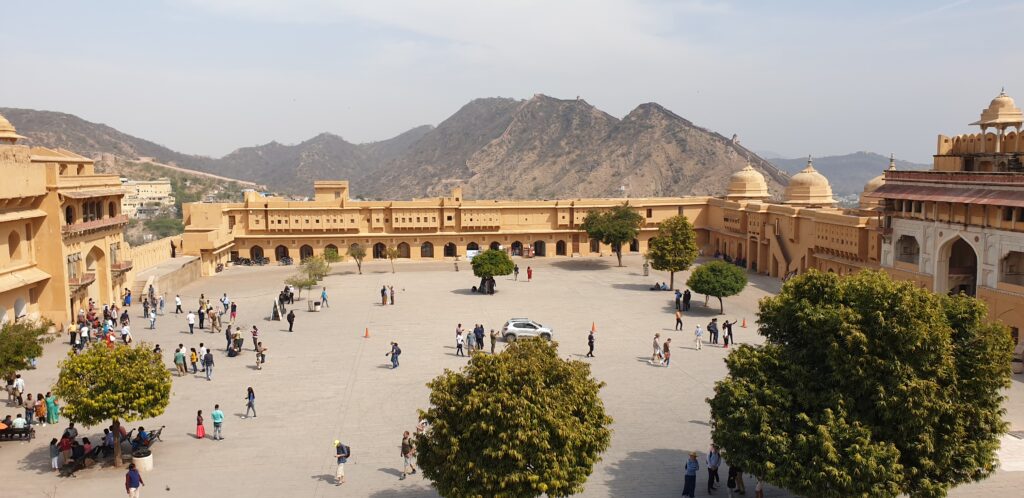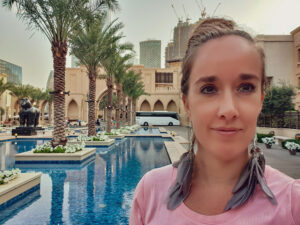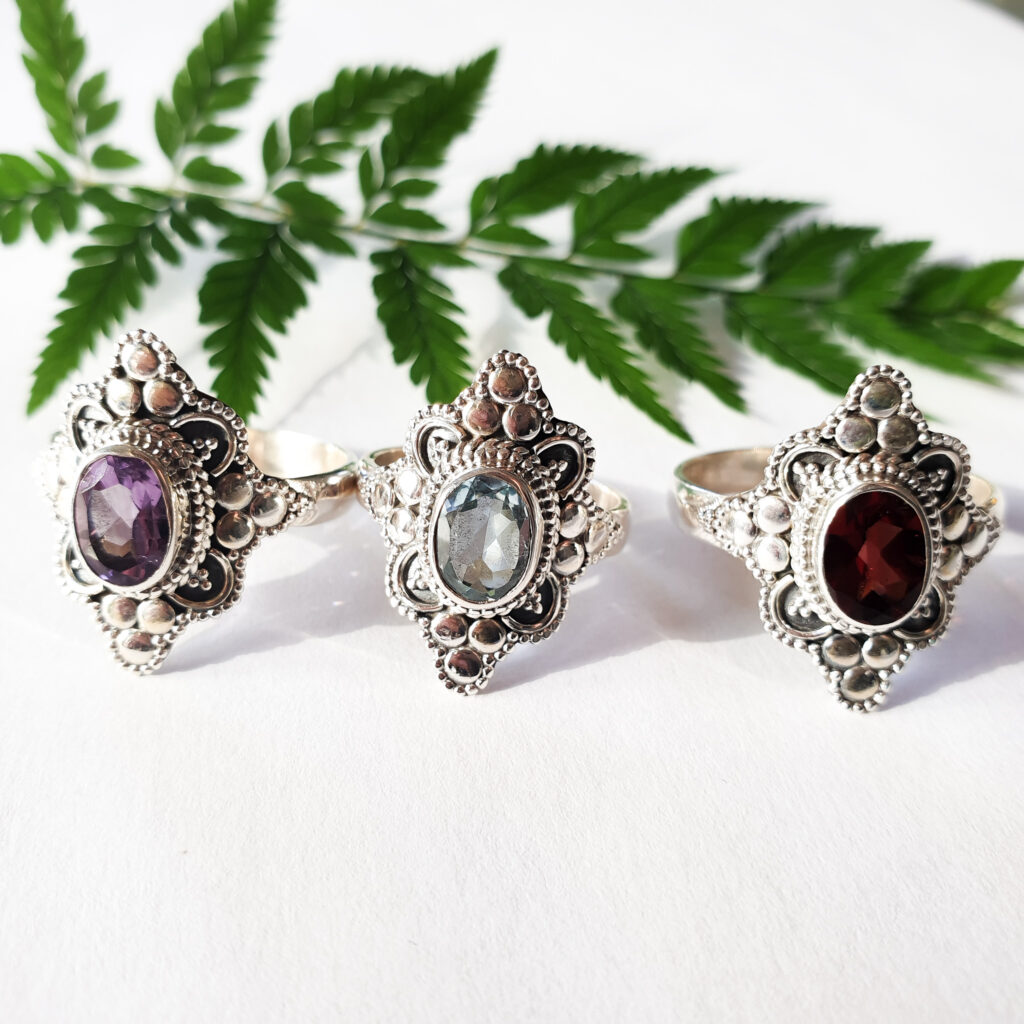India is a country known for its unique and vibrant culture. And what better way to experience it than by joining in their local festivals and holidays? These events showcase the diverse heritage, beliefs, and traditions of this incredible nation. You’ll have the chance to witness how communities come together to celebrate and enjoy life. Whether it’s the colorful Holi festival, the grand Diwali celebration, or the spiritual Kumbh Mela. India’s festivals and holidays are truly something to behold. I’ll be taking a closer look at some of the most fascinating festivals and celebrations in India that you should definitely add to your travel itinerary. Let’s dive in and explore the magic of India’s vibrant festivities!

Table of Contents
Diwali or Deepavali
Diwali, also known as the Festival of Lights, is one of the most famous and eagerly awaited festivals in India. It’s a celebration that goes on for five whole days! Starting from the thirteenth day of the dark fortnight of the Hindu month of Ashwin. People light up their homes with beautiful lamps and candles and make mouth-watering sweets and savouries. They set off firecrackers to keep those pesky evil spirits away. During Diwali Indians worship the Goddess of wealth, Lakshmi. They believe that her blessings will shower them with good fortune and happiness all year round.
The origins of Diwali
Diwali has multiple mythological origins. The most widely known story is about Lord Rama’s return to Ayodhya after defeating the demon king Ravana. The legend goes that people lit diyas (lamps) along the streets of Ayodhya to welcome Lord Rama and guide him home. And that’s how the tradition of lighting lamps became an important part of Diwali celebrations!
The five days of Diwali
Diwali is a festive celebration that spans over five days! It all begins with Dhanteras, two days before Diwali. People buy gold or silver items, considering it as good luck. On the second day, known as Choti Diwali or Narak Chaturdashi, they light diyas and candles, and share sweets. The third day is Diwali itself. People celebrate with grand fireworks, lit diyas and gift exchanges. The fourth day, Govardhan Puja, is when Indians worship Lord Krishna and rejoice in the triumph of good over evil. Bhai Dooj, the fifth and final day of Diwali, is dedicated to siblings exchanging gifts and enjoying sweets together.
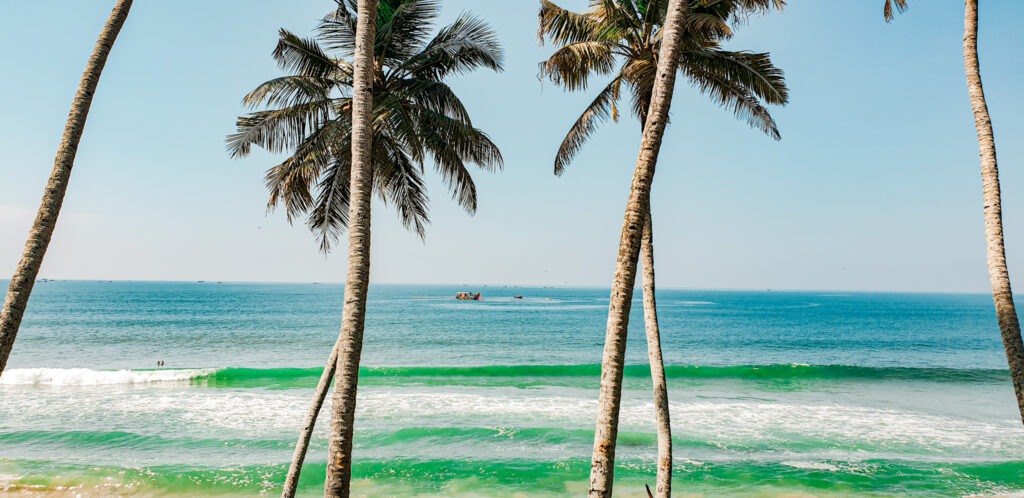
Diwali celebrations across India
Diwali is celebrated across India with different customs and traditions. In North India, it is marked by lighting up entire houses with strings of lights and bursting firecrackers. In South India, it is celebrated by preparing special festive foods like laddoos, murukku and lighting oil lamps known as deepams. The people in Maharashtra prepare sweets like shankarpali, karanji and light lamps made of rolled wicks and ghee.
Diwali food delights
Diwali is a time for indulging in delicious food and sweets. Traditional Diwali sweets include ladoos, barfis, and gulab jamuns, while savoury snacks like chivda, sev, and namak pare are equally popular. Festive meals often include biryani, pulao, and a variety of vegetarian curries. Don’t forget to try the famous Diwali delicacies like gujiya, ghewar, and kaju katli.
Planning your visit during Diwali
If you’re planning to visit India during Diwali, make sure to book your accommodation in advance as most hotels and guest houses will be fully booked. Be prepared for crowded streets and busy markets, and take necessary safety precautions while bursting firecrackers. You’ll get to witness the stunning lighting displays, experience the festive spirit, and participate in the traditional rituals- an unforgettable experience.
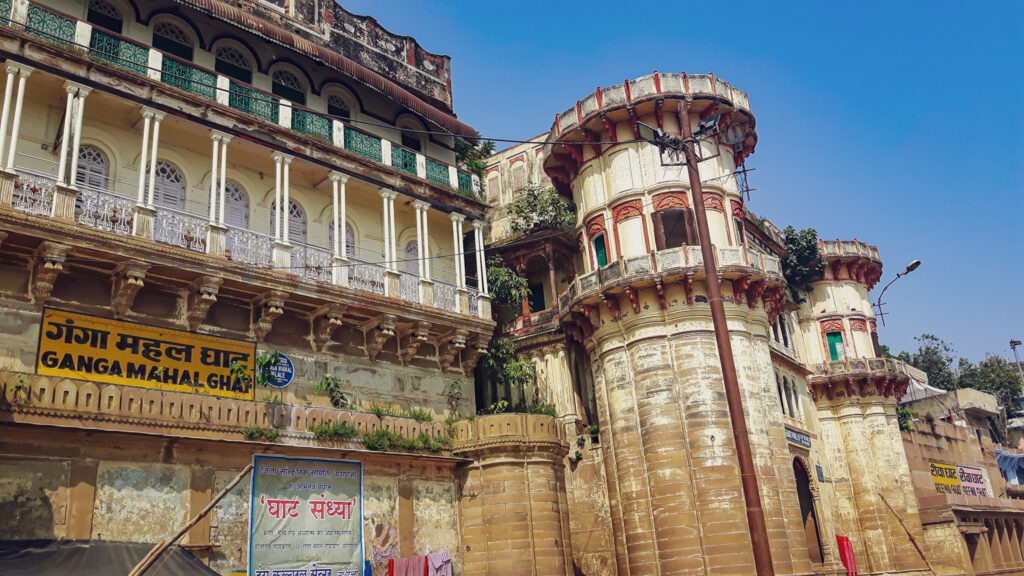
Holi
If you love to have fun and get messy, then Holi is the event for you. This traditional festival is celebrated on the full moon day in the month of Phalgun, which usually falls in February or March. During Holi, people throw coloured powder and water at each other, dance to the beat of drums, and indulge in delicious sweets and snacks. The festival signifies the victory of good over evil, and promotes unity and brotherhood among people from all walks of life.
History of Holi
Holi is a fascinating historical festival that dates back to ancient Hindu mythology. According to legend, an evil king named Hiranyakashipu wanted to destroy his son Prahalad, who dedicated his life to Lord Vishnu. In one scheme, the king’s sister Holika tried to burn Prahalad by taking him into a fire while she remained unscathed. However, the Lord’s grace saved Prahalad, and Holika burned instead. Thus, on Holi, people light bonfires, known as Holika Dahan, to symbolise the victory of good over evil.
The next day of Holi is the actual festival of colour, where people gather with relatives and friends to paint and throw coloured powder and water at each other. Everyone is welcomed, and nobody is left untouched. Street parties, with music, food and dance, are ubiquitous, and the atmosphere is ecstatic. As the day passes, the whole city becomes alive with different colours, all in the spirit of love and unity.
One unique aspect of Holi is the enthusiasm of the Indian diaspora in different parts of the world. It’s not only India that rings with the sound of celebrations, but Holi is also celebrated in many parts of the world, including the Caribbean, Europe, North America, and particularly with the Indian diaspora. These Holi events, known as Rang Panchami, occur on the fifth day of the full moon, and they bring together the community in joy and excitement.
Apart from colours and water, another element of the festival is the delicious food that is served. Mouth-watering street food, sweets, and savouries, including gujiya, thandi, bhaang, mathri, papdi, and namkeen, are the signature cuisine of Holi.
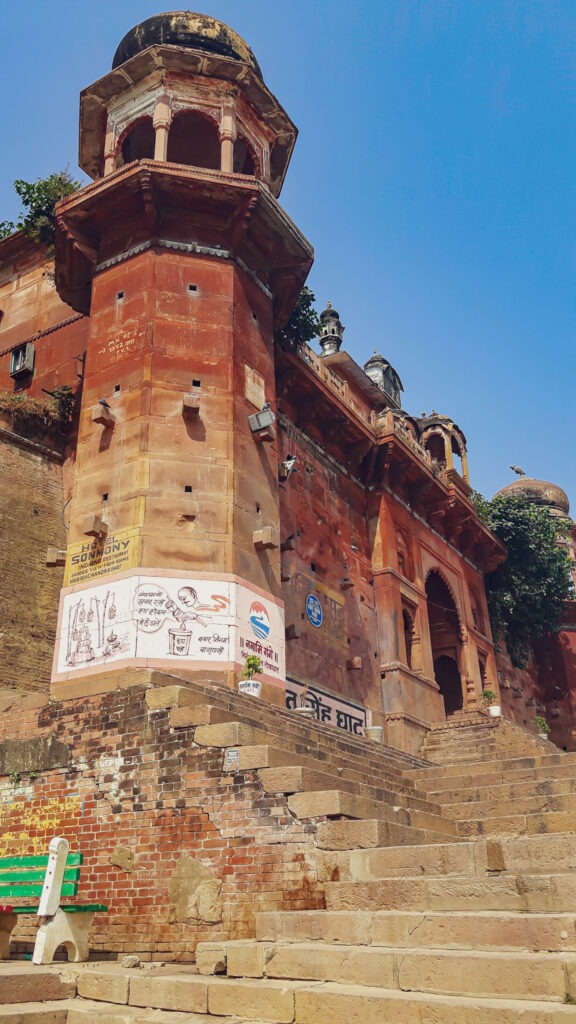

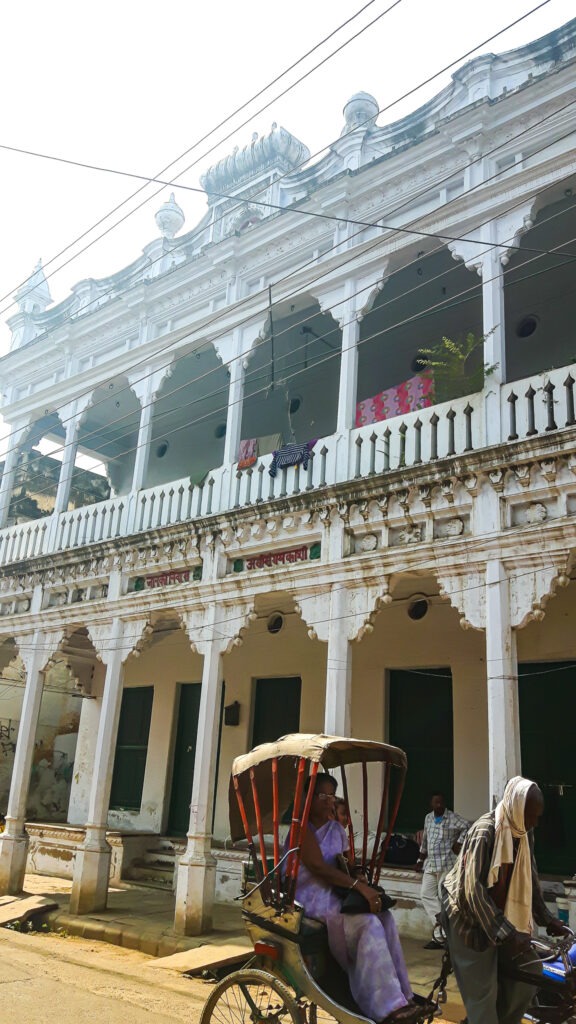
Christmas
Although Christmas is not originally an Indian festival, it has become quite popular in the country in recent years. The holiday is primarily celebrated by Christians, but many non-Christians also participate in the festivities. During Christmas time, brightly lit and decorated trees can be found in many homes and public places. Christmas markets and fairs also make an appearance, offering a wide variety of gifts, souvenirs, and traditional foods.
Durga Puja
Durga Puja is a religious festival that is celebrated with great fervour in West Bengal, and other parts of India as well. The event honours the Hindu Goddess Durga, who is considered the embodiment of courage, strength, and female power. During the festival, elaborate pandals, or temporary structures, are erected to house the idol of Durga, and people flock to witness the intricate decorations and performances. The festival culminates with the immersion of the idol in a nearby river or lake, symbolising the departure of the goddess and the end of her annual visit to earth. The Durga Puja is listed as Intangible Cultural Heritage of Humanity by UNESCO since 2021.
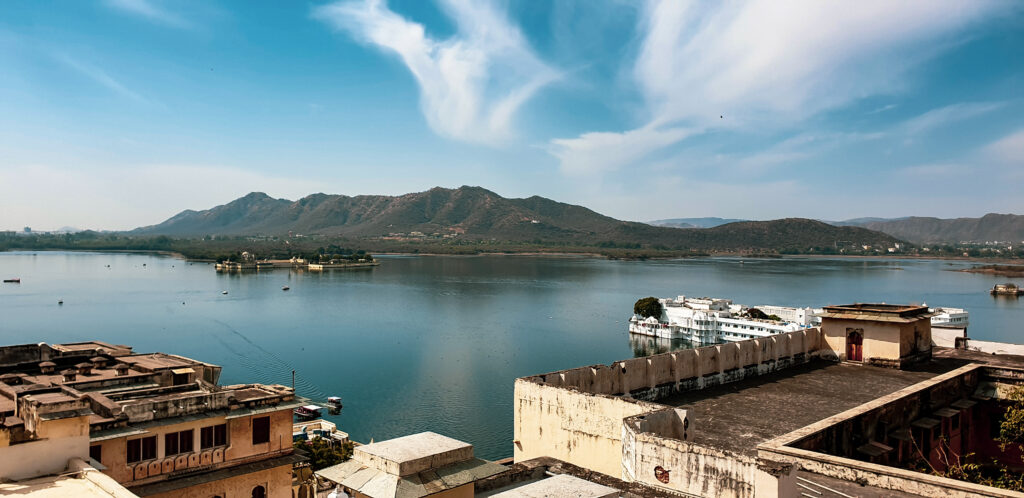
History
Durga Puja finds its origin in Hindu mythology, where it is believed that Goddess Durga, an embodiment of divine power, vanquished the demon Mahishasura. According to the legend, Mahishasura, with his immense power, had become invincible and started tormenting the Earth. The Gods were unable to defeat him, so they decided to create a powerful female entity, the Goddess Durga, to put an end to his tyranny. The ten-day long festival celebrates the victory of good over evil and the power of the female force in the universe.
Significance
Durga Puja is an essential festival for Bengalis and is celebrated with immense joy and merriment. According to tradition, the festival is celebrated during the Hindu month of Ashwin, which falls between September and October. People offer their prayers to Goddess Durga, seeking her blessings for wealth, happiness, and prosperity. During the ceremony, the Goddess is decorated with a beautiful saree, gold jewellery, and flowers. On the last day of the festival, the idols are dipped in water, and people celebrate the occasion with great enthusiasm.
Rituals
Durga Puja is celebrated with great grandeur in West Bengal. The festival involves elaborate rituals, including Anjali, Pushpanjali, Dhunuchi Nach, and Sindoor Khela, among others. The Anjali comprises a traditional prayer that is offered to the Goddess, while the Pushpanjali ceremony involves offering flowers to the Goddess. In Dhunuchi Nach, devotees dance with a clay pot containing burning incense sticks, adding to the festive atmosphere.
Food
Durga Puja is also a food lover’s paradise, with delicious dishes and sweets available throughout the festival. The festival is famous for its community meals, known as bhog, which is prepared and served to the devotees for free. Apart from this, street food stalls selling mouthwatering delicacies like puchka, alu kabli, and jhal muri are a huge hit among the crowd.
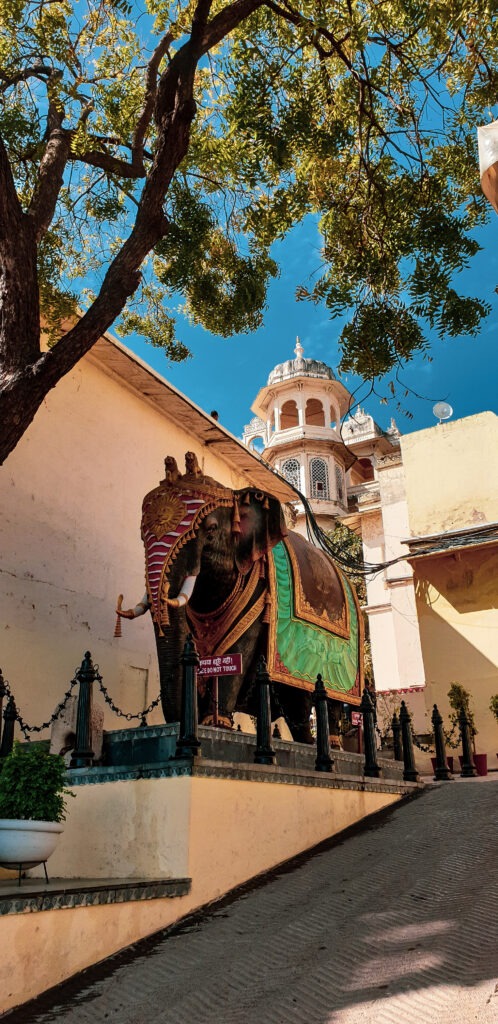
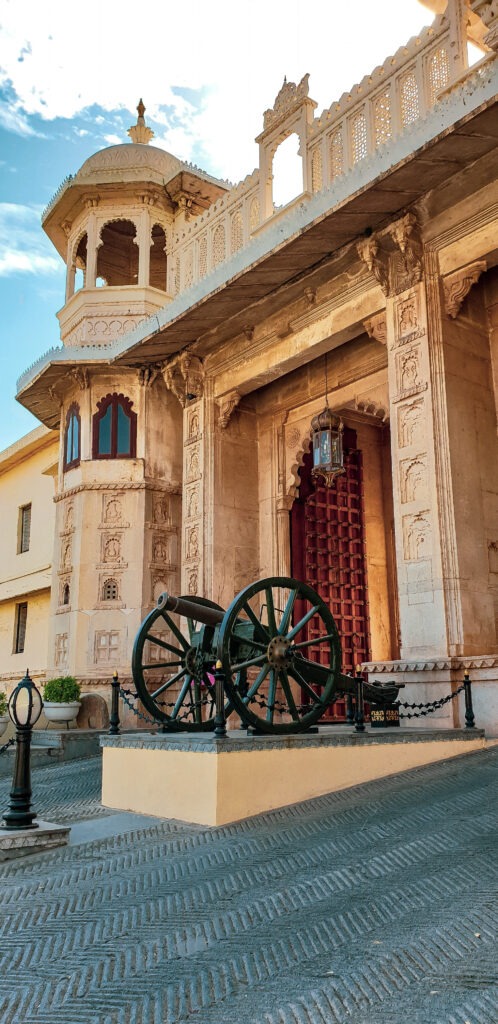
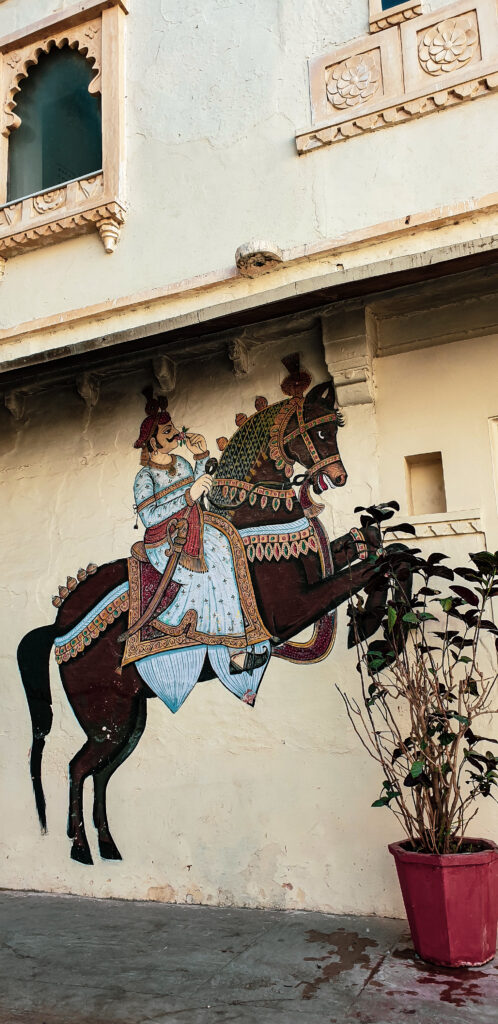
Kumbh Mela
The Kumbh Mela is a Hindu pilgrimage that takes place every twelve years in four different locations across India: Prayagraj, Haridwar, Nashik, and Ujjain. It is one of the largest gatherings of people in the world, and attracts millions of devotees and tourists alike. During the Mela, pilgrims take a dip in the holy rivers to cleanse their sins and gain spiritual merit. The event is also characterised by colourful processions, religious discourses, and cultural performances, making it a fascinating spectacle to behold. The Kumbh Mela is listed as Intangible Cultural Heritage of Humanity by UNESCO since 2017.
The History of Kumbh Mela
The history of Kumbh Mela dates back to ancient Hindu scriptures, where it is mentioned that Lord Vishnu spilled drops of amrit, or the nectar of eternal life, in four different cities in India. These cities are Allahabad, Nasik, Ujjain, and Haridwar and the drops fell into the rivers at these locations. It is believed that taking a dip in the holy water during the Kumbh Mela period, in one of these four cities, is equivalent to thousands of years of penance and devotion.
The experience of Kumbh Mela
The Kumbh Mela experience is one of a kind, and it cannot be compared to any other festival in the world. The festival attracts millions of devotees, and the atmosphere is electric with the sounds of chanting, the smell of incense, and the sight of saffron-clad sadhus. The festival is a melting pot of religions, cultures, and traditions, and one can find people from all walks of life and from different parts of the world.
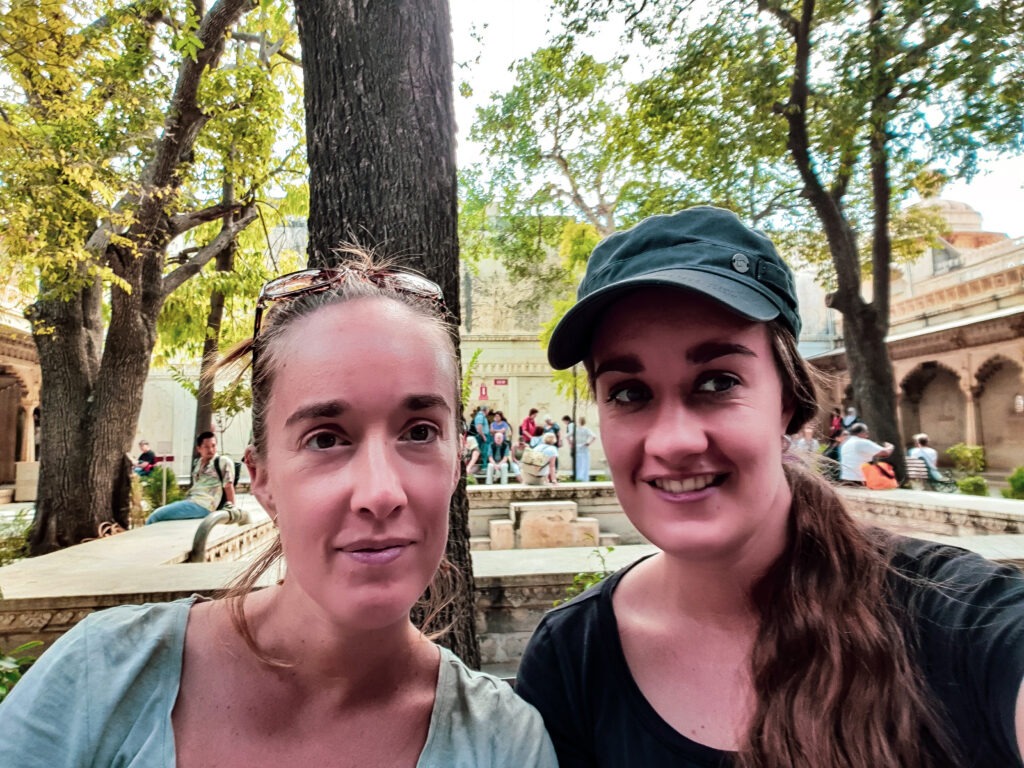
The logistics of Kumbh Mela
The Kumbh Mela is a massive event, and it requires a lot of planning and preparation to make the experience comfortable and enjoyable. The government of India takes a lot of measures to ensure the safety and security of the devotees, and there are various amenities like medical tents, accommodation, and food stalls that are set up to cater to the needs of the visitors. It is essential to plan your trip to Kumbh Mela well in advance, as accommodations and travel can be challenging during the festival period.
Tips for visiting Kumbh Mela
If you are planning to visit Kumbh Mela, there are some essential things to keep in mind. Firstly, dress appropriately and modestly. Secondly, carry a water bottle and sunscreen with you as it can get scorching hot during the day. Thirdly, be prepared for crowds and long waits. Lastly, respect the local customs and traditions and ensure that you do not litter or harm the environment.
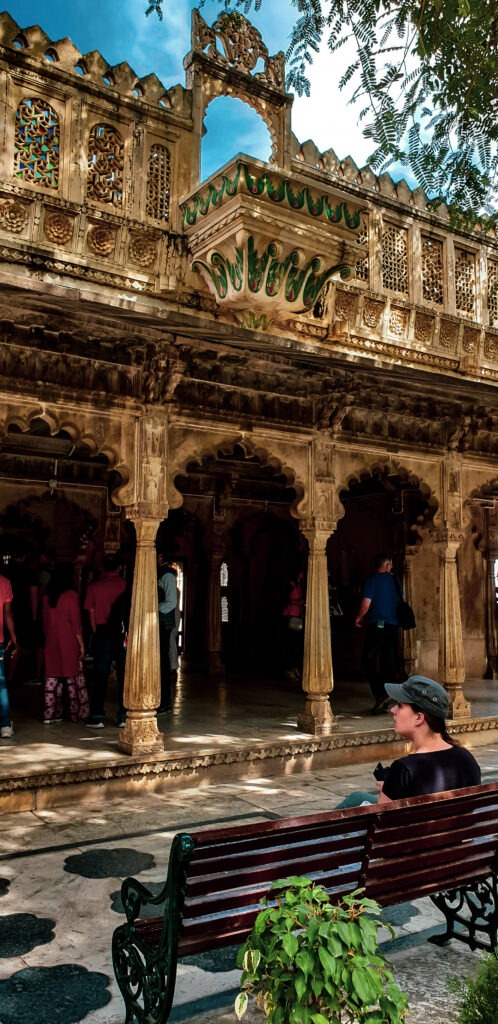
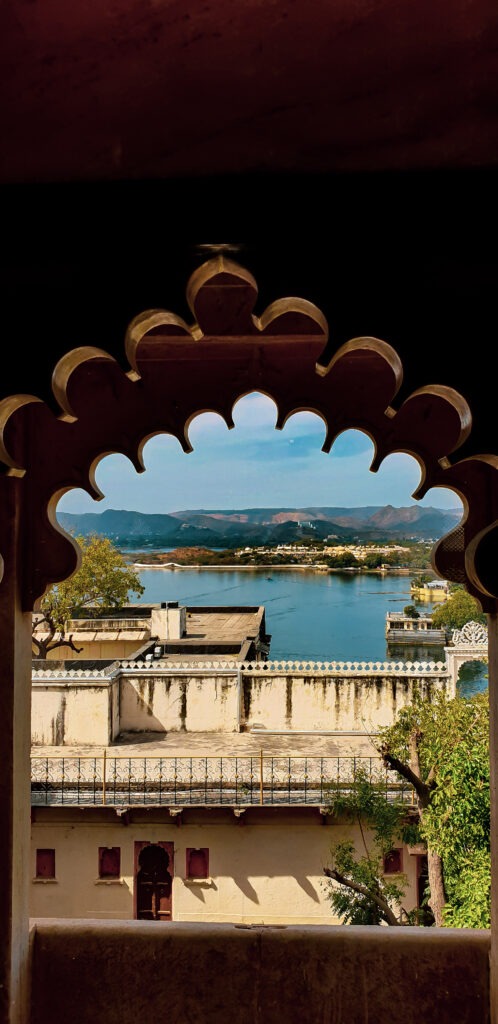
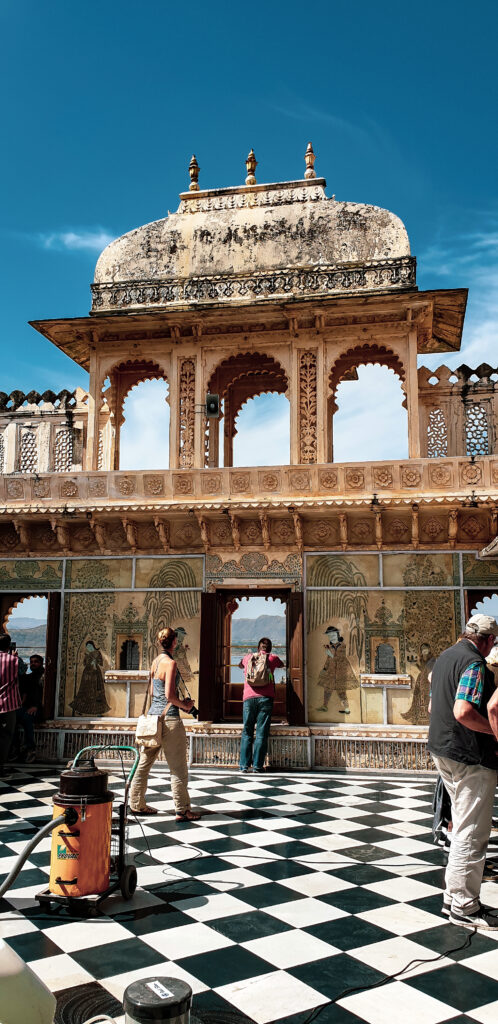
Eid-ul-Fitr
Eid-ul-Fitr is one of the most significant festivals celebrated in India. It marks the end of the month of Ramadan, during which Muslims all over the world fast from dawn to dusk. This festival is celebrated with great enthusiasm. Eid-ul-Fitr is a festival that brings people together, irrespective of their religion. It’s a beautiful celebration of love, happiness, and togetherness. If you plan to visit India during this festival, you can expect to have a great time, experiencing the joy and warmth of the people.
Preparing for Eid
The preparations for Eid-ul-Fitr begin a few days before the actual festival. People clean their houses, decorate them with lights and colourful patterns, and make special delicacies for the feast. Everyone buys new clothes and gets ready for the big day. It’s a time when people come together, and you can feel the joy that fills the air.
The Day of Eid
On the day of Eid-ul-Fitr, Muslims wake up early in the morning, take a shower, and wear their finest clothes. They then proceed to the mosque for congregational prayers. After prayers, they exchange greetings and visit friends and family to celebrate the occasion. There is a lot of food and everyone enjoys delicious sweet dishes like seviyan, sheer kurma and other delicacies.
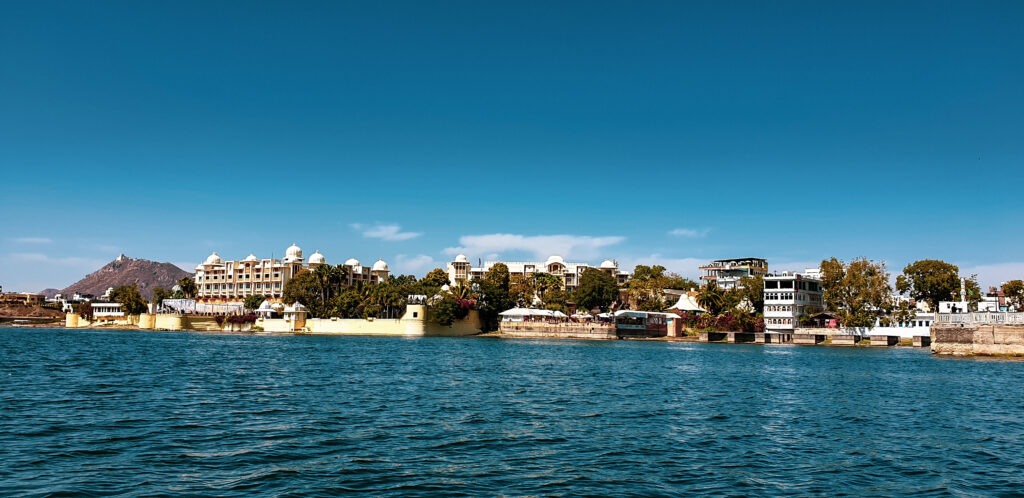
Eid Gifts
Just like any other festival, Eid-ul-Fitr is also a time for gift-giving. Children are given ‘Eidi’ which is a amount of money. Friends and family exchange gifts, and it is a great way to show love to each other. Many shops also offer special discounts, so it’s an excellent time to stock up on gifts for loved ones.
Special Attractions
Apart from the celebrations and food, there are also special attractions during Eid-ul-Fitr in India. You can witness beautiful decorations and processions in many cities, including Delhi, Mumbai, and Hyderabad. The Jama Masjid in Delhi is a great place to visit during Eid. You can also visit the Haji Ali Dargah in Mumbai, which holds a special significance during this festival.

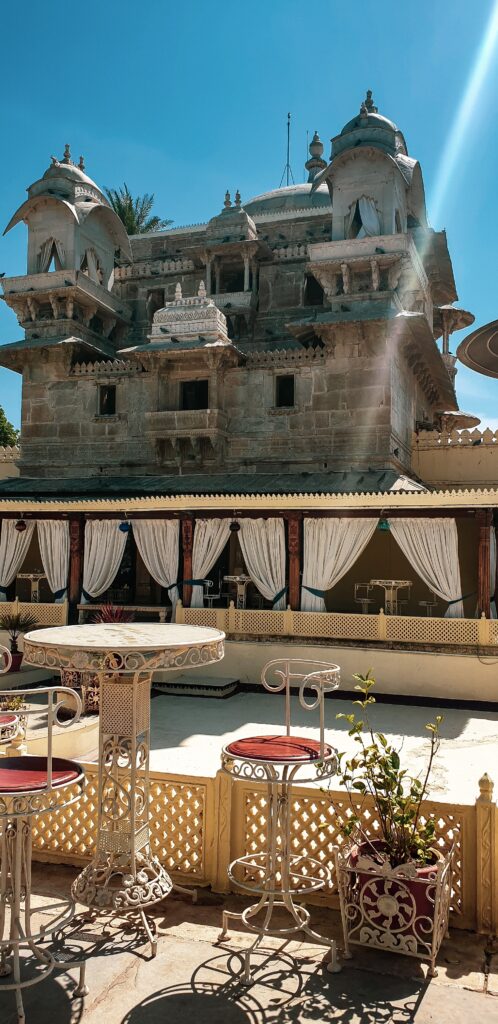
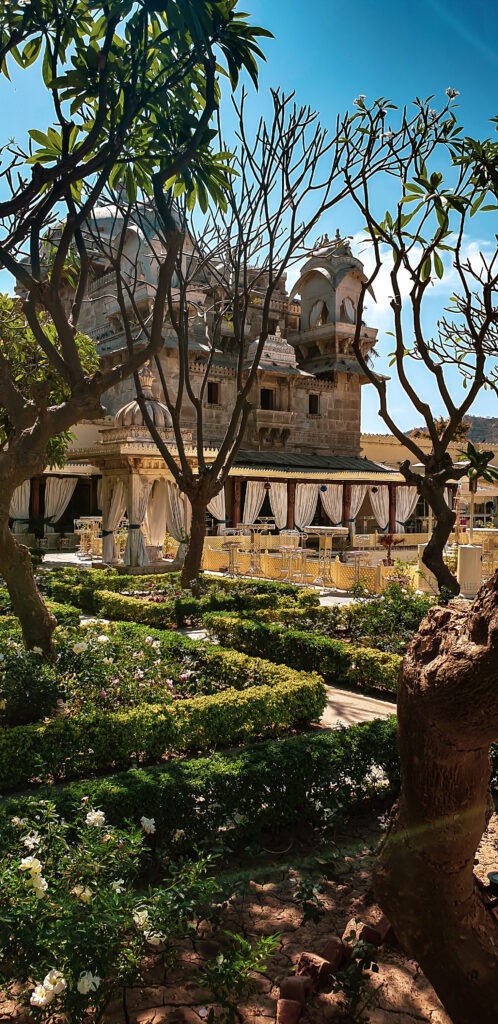
Ganesh Chaturthi
India is renowned for being a land of diverse traditions and cultures, many of which stem from its rich history and religious mythology. One such festival that holds a significant place in Indian culture is Ganesh Chaturthi, which is dedicated to the beloved elephant-headed deity, Lord Ganesh. The festival is celebrated with great enthusiasm and joy across the country.
The significance of Ganesh Chaturthi
Ganesh Chaturthi is celebrated in honour of Lord Ganesh, who is regarded as the God of new beginnings and the remover of obstacles. The festival marks the auspicious day on which Lord Ganesh was born. It is believed that praying to him during this time can help you overcome your obstacles and bring prosperity and good luck. The festival typically falls in August or September and lasts for 10 days.
Preparing for Ganesh Chaturthi
Preparations for Ganesh Chaturthi usually begin weeks in advance. People often purchase colourful statues of Lord Ganesh, which are placed in homes or public pandals (tents or small temporary structures). People come to pay their respects to Lord Ganesh. Many people also make sweets and delicacies like modaks, which are believed to be Lord Ganesha’s favourite food. The festival involves a lot of music, dance and celebration.
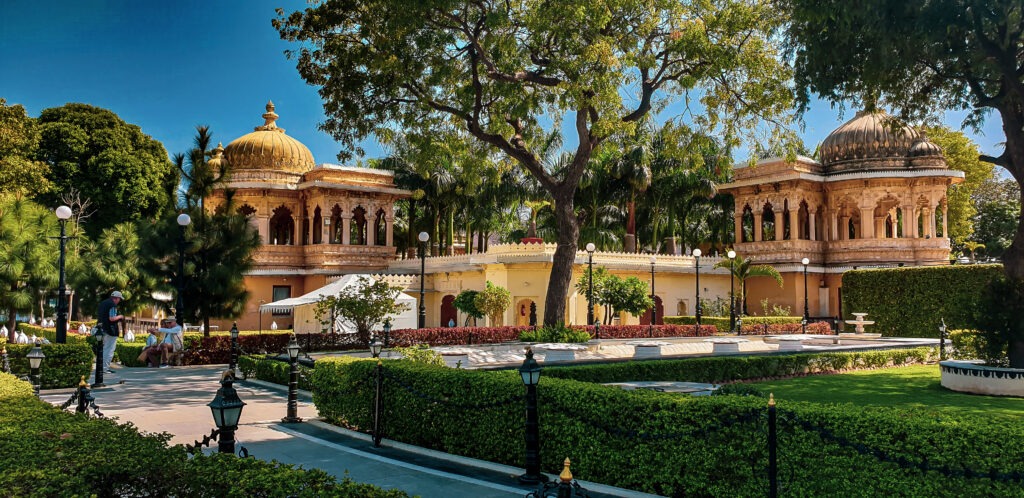
Celebrating Ganesh Chaturthi
The festival officially starts with the installation of beautifully decorated idols of Lord Ganesh in homes and public pandals. Celebrations begin with the traditional aarti (worship ritual) followed by lively music and dances. The last day of the festival culminates in the immersion or visarjan of the statues in water bodies such as rivers, lakes or the sea. It’s a spectacular sight to see thousands of brightly coloured statues being carried through the streets and immersed in the water.
Best places to celebrate Ganesh Chaturthi
The festivities of Ganesh Chaturthi can be enjoyed in any part of the country. However, there are a few places where the festival is celebrated on a grand scale. Mumbai, the financial capital of India, is known for its grand pandals and celebrity visits during the festival. Pune in Maharashtra is also famous for its splendid and intricate decorations. Hyderabad is home to the tallest Lord Ganesha statue in the world. Apart from these, other cities like Bengaluru, Delhi and Chennai are equally vibrant and colourful during the festival.
Tips for Celebrating Ganesh Chaturthi in India
If you’re visiting India during Ganesh Chaturthi, there are a few things you should keep in mind. First, be aware that the streets can be quite crowded during the festival, so it’s best to plan your itinerary accordingly. It’s also a good idea to dress modestly and respect the local customs and traditions. Finally, always carry plenty of water and food, as the festivities can last for hours.
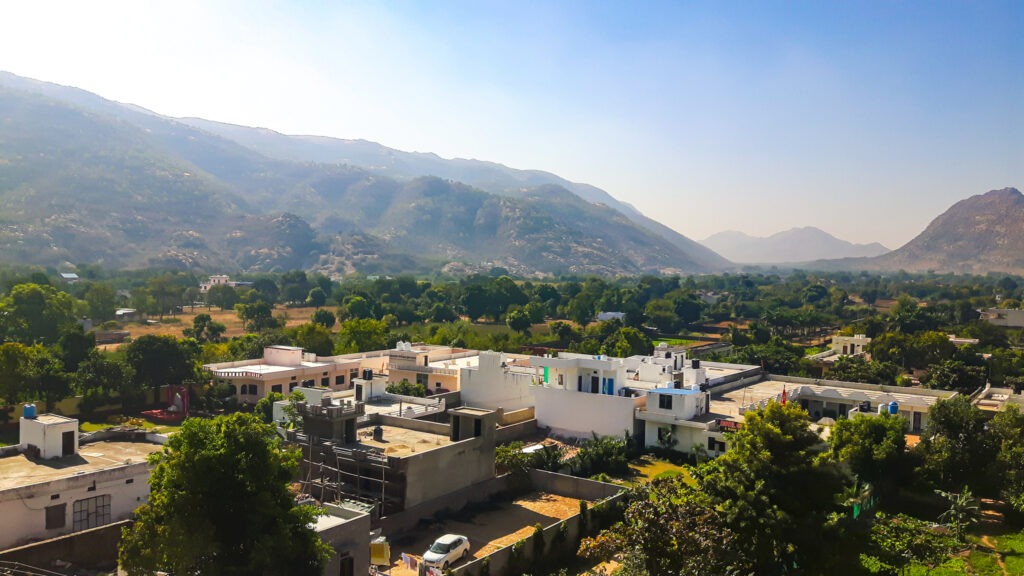
Navaratri and Dussehra
Navaratri and Dussehra are two of the most famous harvest festivals celebrated all over India. The nine-day-long celebration of Navaratri and the culmination of Dussehra are a visual spectacle to behold as Indians gear up to celebrate the triumph of good over evil. These festivals showcase the glory of Indian culture and tradition through different customs, beliefs, and rituals.
Navaratri
Navaratri, meaning nine nights, is a Hindu festival celebrated in the harvest season. It symbolizes the victory of good over evil and is dedicated to the worship of various forms of Goddess Durga. The celebrations differ from region to region in India. Bu the central theme of the festival is the same. In Gujarat people engage in traditional Garba dances. The dances are performed in a circle around an idol of Goddess Durga. In North India, the festival is celebrated by fasting and visiting temples. In West Bengal, Navaratri is known as Durga Puja, a grand-scale festival that lasts for five days. It is celebrated with beautiful Pandals or temporary structures made to worship Goddess Durga in her different forms.
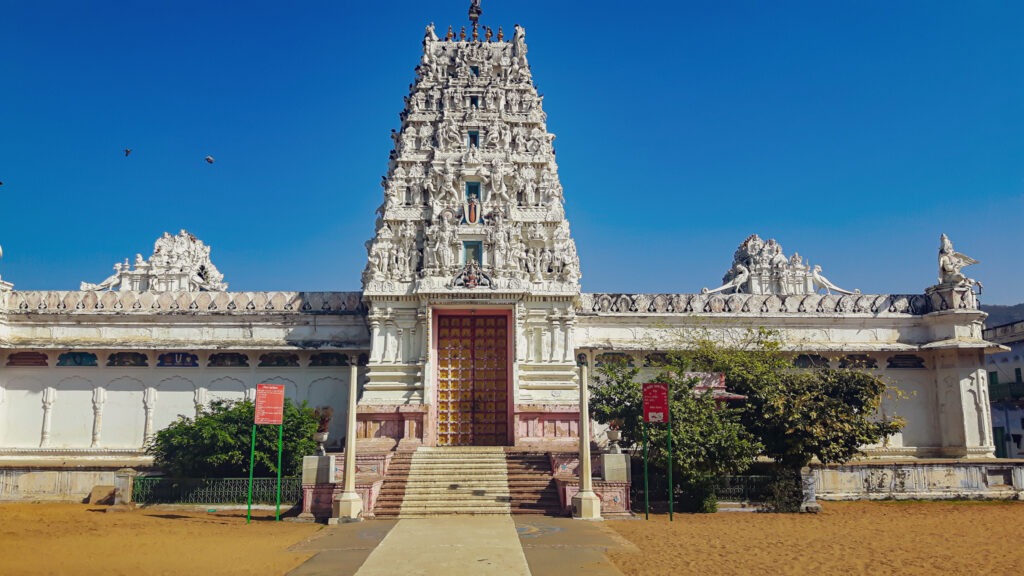
Dussehra
Dussehra is celebrated on the tenth day of Navaratri, which is also known as Vijayadashami. It is believed that Lord Rama defeated the demon king Ravana on this day. This day is marking the victory of good over evil. In many parts of India, Ram Lila, a play that depicts the story of Lord Rama, is performed for ten days. On the final day, effigies of the demon king Ravana, his brother Kumbhakarna, and son Meghanad are burnt in an open area. It symbolizes the triumph of virtue over vice. In some parts of the country, Dussehra is a day when people clean their houses, buy new clothes, and worship their vehicles, thanking them for their service.
Food
No Indian festival is complete without food, and Navaratri and Dussehra are no exception. During Navaratri, people fast and eat vrat or vegetarian food, such as samosas, sabudana khichdi, and fruits. In contrast, during Dussehra, people prepare and feast on delicious foods, such as puri, chole, halwa, and barfi.
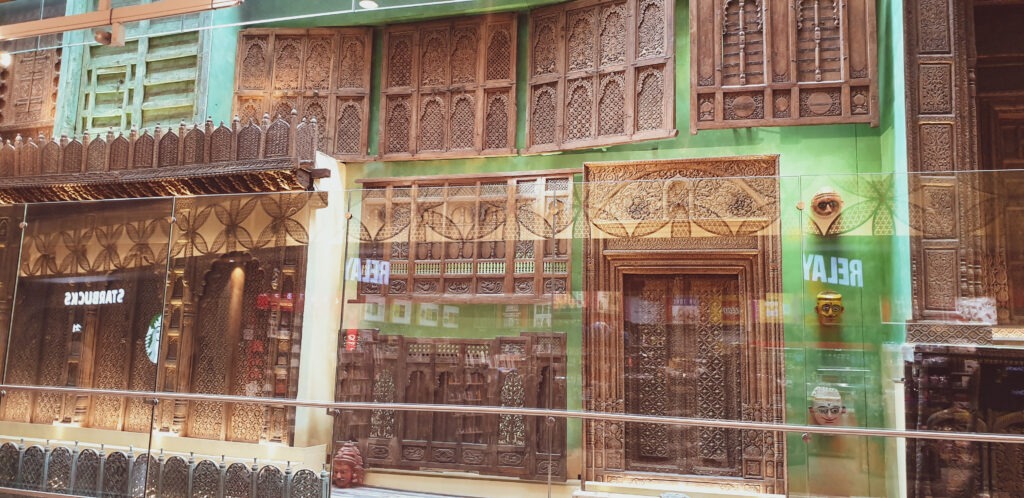
Pongal/Makar Sankranti
Pongal/ Makar Sankranti is a harvest festival. The festival is celebrated every year on the 14th of January. It marks the transition of the Sun into the zodiac Capricorn or Makar. Pongal, meaning “overflowing”, is celebrated with much enthusiasm in southern India. Particularly in the states of Tamil Nadu, Karnataka, Telangana, and Andhra Pradesh. In the rest of the country, it is known as Makar Sankranti.
The Pongal/Makar Sankranti festival is celebrated for four days, each day with its unique significance. The first day, known as Bhogi, marks the start of the festival when people clean and decorate their homes. It is followed by a bonfire of old items in the evening, symbolic of the destruction of evil. On the second day, the main Pongal day, people offer prayers to the Sun God. They decorate their houses with rangoli, and prepare traditional sweet rice made with jaggery and ghee. They boil the rice until it overflows the pot, signifying abundance and prosperity. The third day, Mattu Pongal, is celebrated to honour cattle, which play a vital role in farming. The fourth and final day, Kaanum Pongal, is dedicated to spending time with family and friends, watching cultural events and enjoying traditional foods.
Highlights
One of the highlights of the Pongal/Makar Sankranti festival is the decoration of bulls and cows with colourful beads, bells, and flowers. The Jallikattu, a bull-taming sport, takes place in Tamil Nadu during this festival, where daring young men try to hold onto the hump of a bull and win prizes. In other parts of India, kite flying is a popular activity during Makar Sankranti, and people flock to rooftops to compete with each other.
Apart from the festivities, Pongal/Makar Sankranti holds significant religious and cultural importance. It is believed that on this day, the gods and goddesses visit earth and bless the people with good harvest and prosperity. The festival also marks the end of the winter solstice and the beginning of the spring season, signifying the return of warmth and light after a period of darkness and cold.
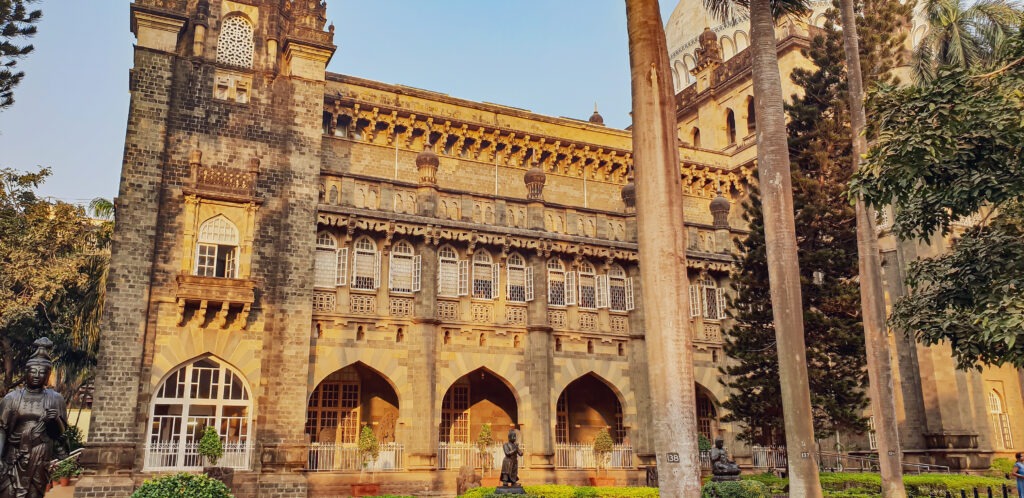
Onam
The southern state of Kerala, India, from the 22nd of August to the 2nd of September, is home to Onam, one of the most significant festivals. The event is a ten-day long celebration that venerates the homecoming of the legendary King Mahabali. Also, this harvest festival is seen as a remarkable symbol of unity and integrity of the state. It is said that the grander the Onam festival, the more prosperous the upcoming year will be. Onam is a perfect time to visit Kerala if you desire a glimpse at the state’s traditions, culture, and history.
Day 1: Atham
The ten-day Onam festival starts with Atham, a day of great importance. People take early-morning baths, dress up in traditional attire, and build flower-carpets, called pookalam. All family members come together and share a meal called Onam Sadhya, which usually comprises over twenty vegetarian dishes served on a banana leaf. On the day of Atham, some ceremonies are conducted in temples all over the state.
Day 2: Chithira
The second day of the festival Chithira typically includes another flower carpet. The day’s activities include shopping, gift-giving, and house decorating. Several housewives fast for the day on this day. Food is still an essential part of the day, and sweets are prepared and givens to relatives and friends.
Days 3-6
The third day of the festival, Chothi, marks the commencement of busy activities all around Kerala. The snake boat race, or Vallamkali, is one of the most anticipated activities in which several teams compete on the rivers of Kerala. Other events include Onakalikal, which comprises traditional games like tug of war, ball games, and archery. Additionally, one can witness the traditional dance of Pulikali or Tiger Dance, in which men dress up as tigers and perform fascinating dance and plays.
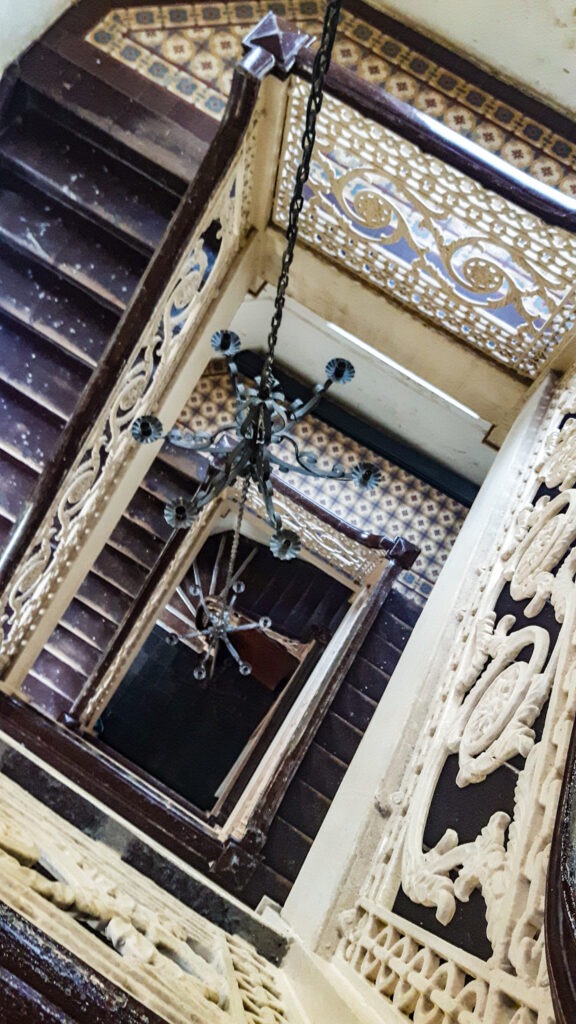
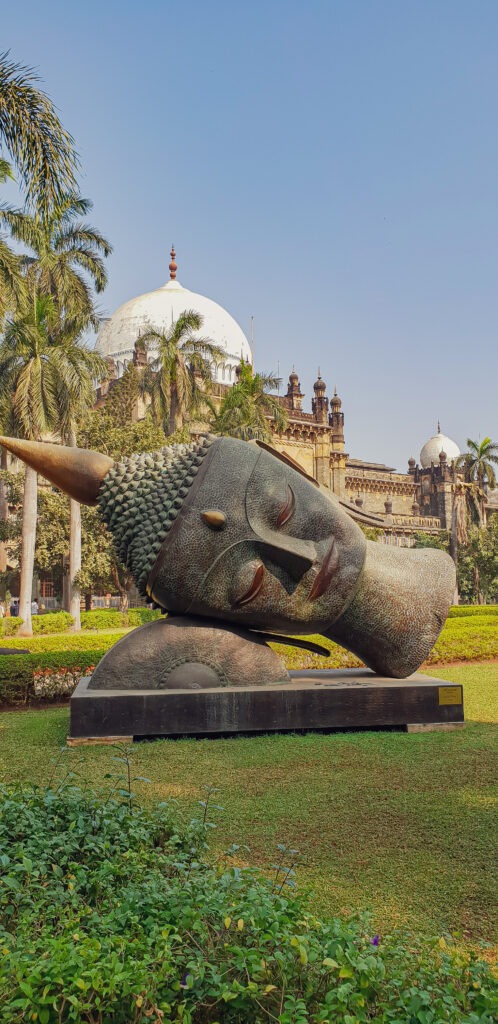
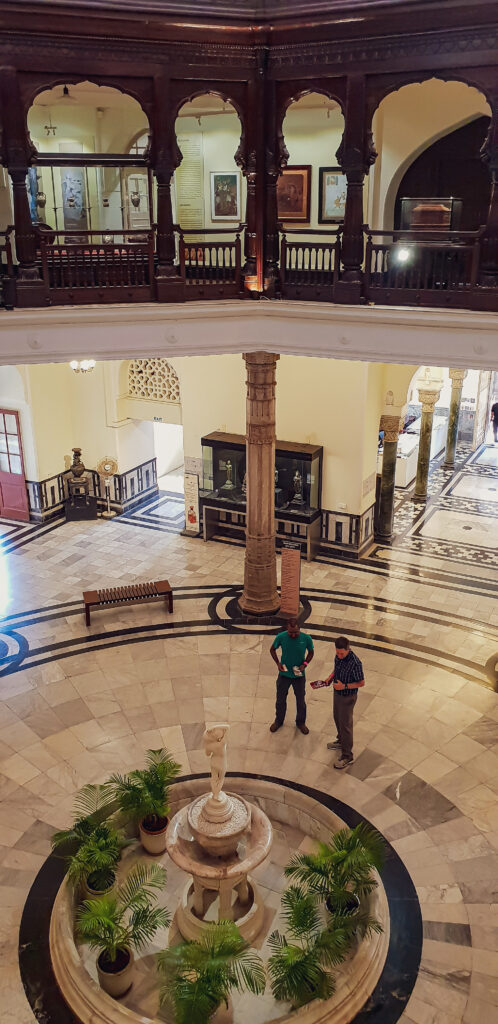
Day 7: Thiruvonam
On the seventh day, Thiruvonam, which coincides with Mahabali’s return day, is the most important of the Onam festival. The day starts with a set of rituals followed by another grand feast called Onam Sadhya. Thiruvonam has been designated a public holiday, and people from all walks of life, including tourists and visitors from other states, come to Kerala to attend it. It is also the day for wearing traditional dress, enjoying cultural programs, and playing various games.
Days: 8-10
The last three days of the Onam festival are marked by some physical activities. People go on trips to the beach or the hill station, trek, take a day trip on the backwaters, or indulge in another leisurely activity. On the final day of the festival, Avittam, local people burn a statue of Mahabali in their courtyards, symbolizing the king’s sacrifice.
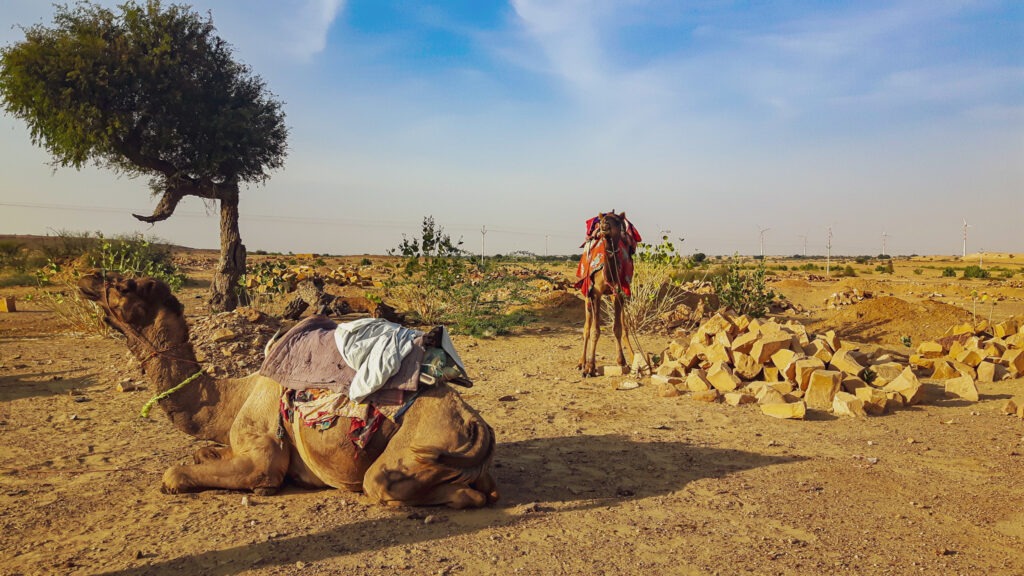
Independence day and Republic Day
Independence Day (15th August)
India’s Independence Day is celebrated on the 15th of August every year to commemorate the country’s independence from British rule in 1947. This day holds great importance for all Indians, and the celebrations are marked with flag hoisting ceremonies, parades, cultural events, and patriotic songs. The most significant event takes place in the capital city of Delhi, where the Prime Minister hoists the national flag at the Red Fort and addresses the nation. The day is also marked with the kite-flying festival, where people of all ages take to the rooftops to fly kites of all colours and sizes.
Republic Day (26th January)
India’s Republic Day is celebrated on the 26th of January every year to commemorate the day when the Constitution of India came into effect in 1950, marking the country’s transition into a republic. The day is marked with grand parades, pageants, and cultural events that are held in the capital city of Delhi. The highlight of the celebrations is the Republic Day parade, which features a display of India’s military might, cultural diversity, and technological progress. The parade starts from the Rashtrapati Bhavan and ends at the Red Fort, passing through Rajpath, which is a wide boulevard lined with trees, gardens, and fountains.
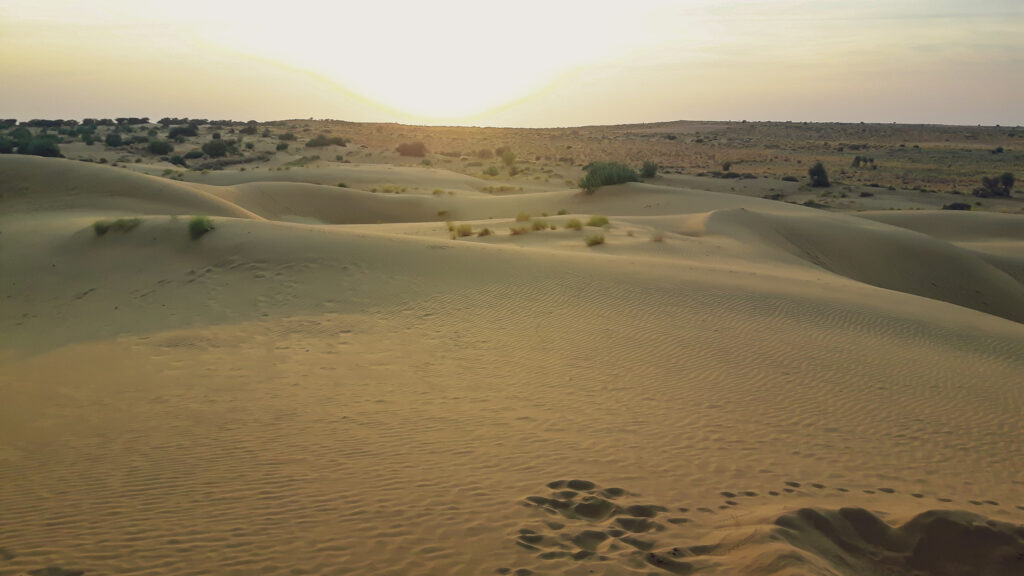
Customs and Traditions
Independence Day and Republic Day are national holidays in India, and most businesses, schools, and government offices remain closed. People usually celebrate the day by hoisting the national flag, singing patriotic songs, and distributing sweets. It’s also a time for family gatherings, feasting, and enjoying the festive atmosphere. Tourists are always welcome to participate in the celebrations, and you can expect to see the streets coloured out in the national colours of saffron, white, and green.
Safety and Precautions
While Independence Day and Republic Day are joyous occasions, it’s important to take necessary safety precautions to avoid any mishaps. The police and security personnel are usually on high alert during this time, and you may encounter security checks and restricted access areas. It’s advisable to visit the venues early and follow the instructions of the police and officials. Also, avoid crowded places and don’t carry any items that may be considered a security risk.
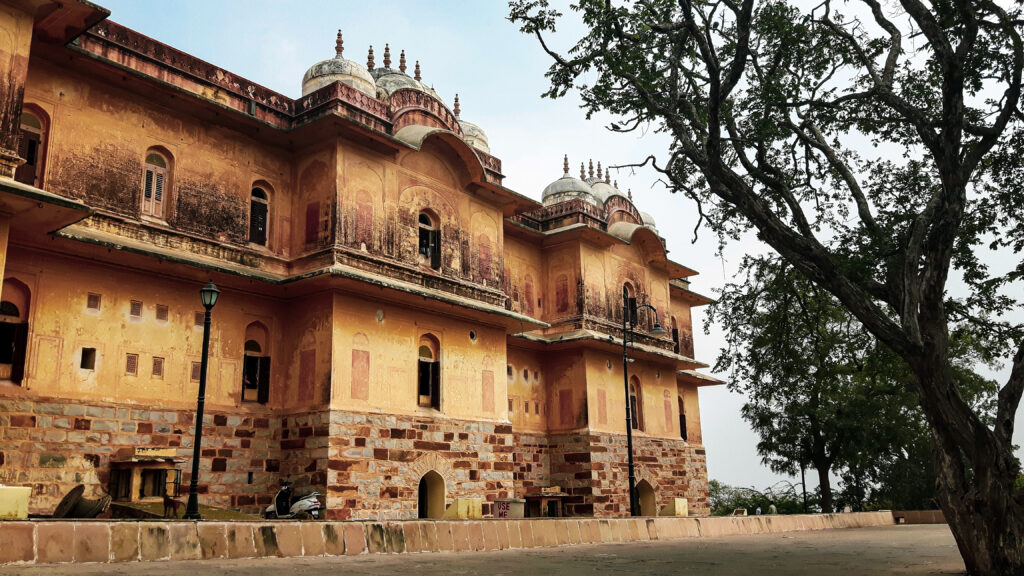
Maha Shivaratri
According to Hindu mythology, Lord Shiva is believed to have married Goddess Parvati on this day. It is also believed that Lord Shiva performed the divine dance called ‘Tandava’ on this day. It is said that by observing Maha Shivaratri, one can attain salvation and all their sins can be washed away.
On this day, devotees wake up early in the morning, take a bath and wear new clothes. They then visit the nearest Shiva temple and offer milk, honey, flowers, fruits and bael leaves to the Shiva lingam. Devotees observe a strict fast on this day and stay awake all night, chanting prayers, singing bhajans and performing aarti. It is believed that by doing so, Lord Shiva will bless them with good health, prosperity and happiness.
In northern parts of India, people celebrate Maha Shivaratri by organizing a grand fair or mela. This fair is a hub of cultural activities and stalls selling handicrafts, food and clothing. People gather here to watch traditional dances, shows and musical performances. It is a time of joy and celebration for people of all ages.
Maha Shivaratri is not just a festival but a way to seek divine blessings. This festival is considered extremely auspicious for newlywed couples. It is also believed that observing Maha Shivaratri can help in eradicating negativity, cleansing the soul and attaining inner peace.
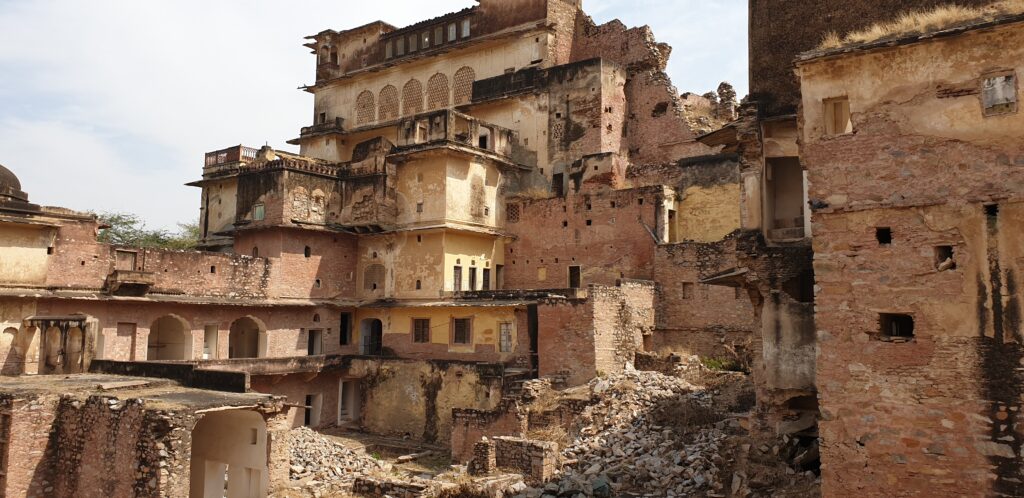
Janmashtami
Legend has it that Lord Krishna was born in a prison cell where his parents were imprisoned by his wicked uncle, King Kansa. At midnight on his birthday, devotees flock to temples to offer prayers and perform various rituals to honour the birth of Lord Krishna. The celebration is marked by the enactment of the birth of Lord Krishna, known as Janmotsav, which is done at midnight. The idol of Lord Krishna is bathed, dressed in new clothes, adorned with jewellery, and placed in a beautifully decorated swing. Devotees take turns to swing the idol of Lord Krishna, while devotional songs and chants fill the air.
Janmashtami in northern India
In the northern state of Uttar Pradesh, Mathura and Vrindavan are the epicentres of Janmashtami celebrations. In Mathura, the birthplace of Lord Krishna, the celebrations start a week prior with the Laddu Holi, where the devout smear each other with sweets, while Lord Krishna’s idol is offered jaggery and butter as a symbol of his love for butter. The next day, the famous Dahi Handi event takes place, where an earth pot containing curd, milk and butter is tied up high, and teams of young men form human pyramids to break it open. The event is held to recreate the scene when Lord Krishna stole butter from pots hung high above by tying ropes together.
In Mumbai, the event is celebrated as Dahi Handi. Several groups of young men form pyramids and compete with each other to break the earth pot hanging high from a rope. The winner takes home a cash prize, and the event is a major attraction during the celebrations.
In the state of Gujarat, the celebration of Janmashtami is extravagant as well. The city of Dwarka, where Lord Krishna is believed to have ruled, celebrates Janmashtami with much enthusiasm and joy. The celebrations include dance-drama performances based on Lord Krishna’s life, known as Raas-leela. During the performance, devotees dressed in colourful attire perform gracefully to the tunes of devotional songs.
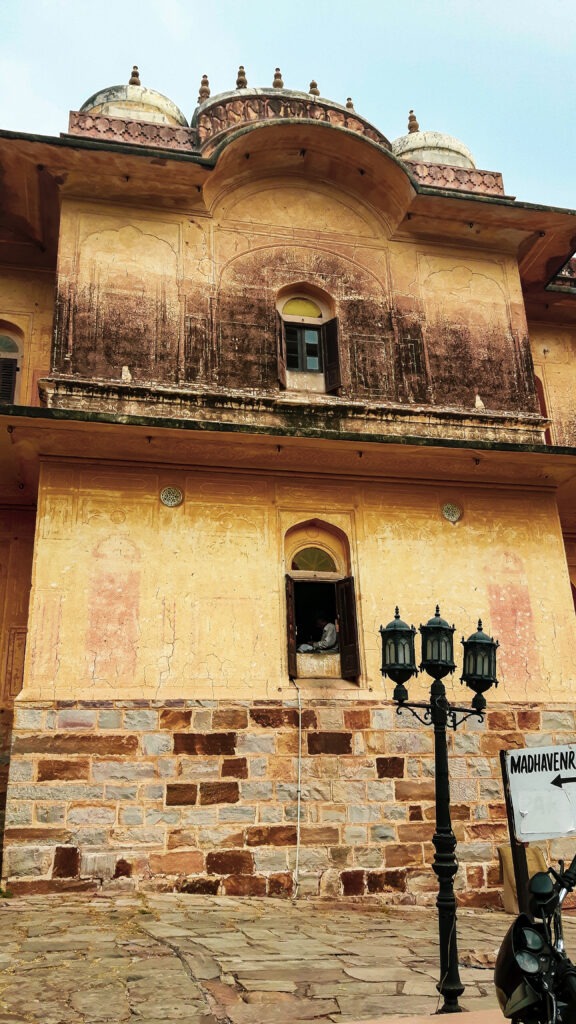
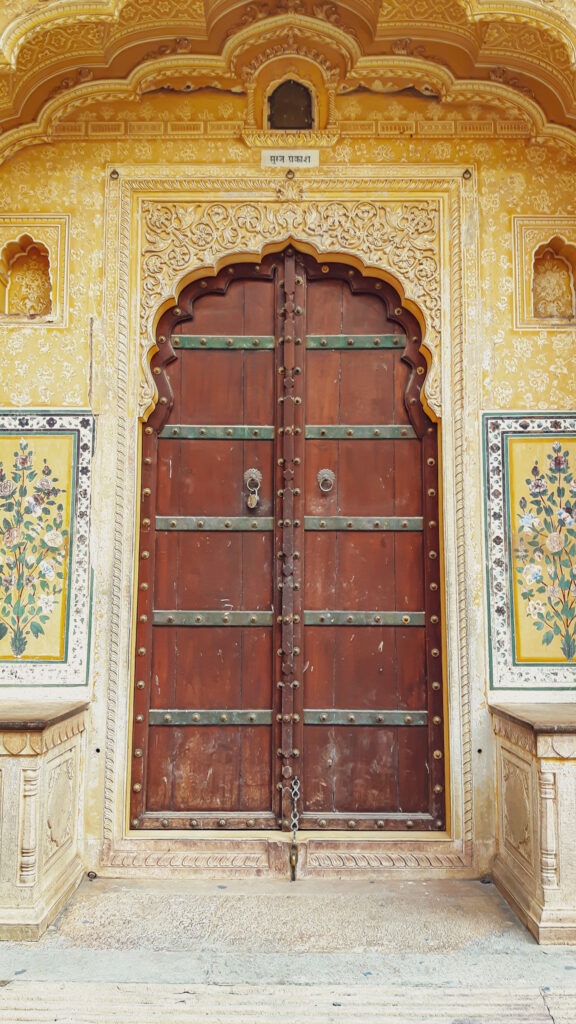
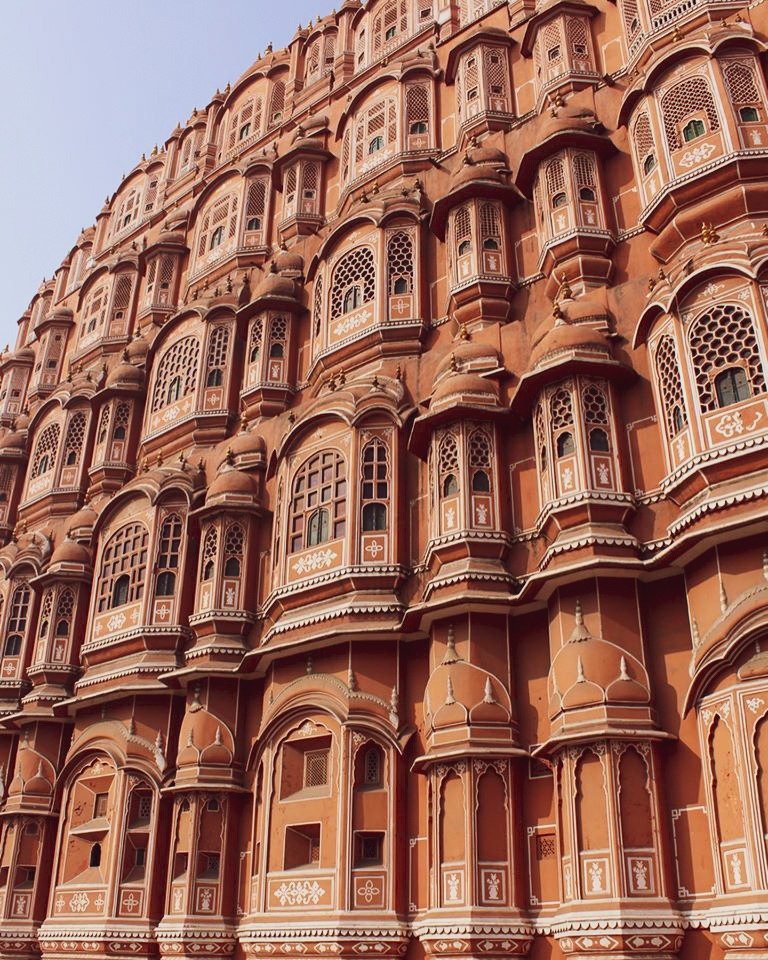
Monumental highlights to visit in India
Explore the rich tapestry of India with our comprehensive travel guide! Discover valuable tips, top destinations, and useful links to other India-related articles. Immerse yourself in Indian culture and Hinduism with our beginner’s guide, which covers customs, etiquette, and key Hindu gods.
Additionally, we delve into sustainable travel and offer practical tips for your journey in India. Seeking inspiration? Consider a visit to the enchanting City of Lakes, Udaipur, or indulge in a shopping spree in Jaipur. Marvel at the colonial architecture of Kochi or explore historical temples, palaces, and ruins in Hampi. Let India’s wonders captivate you!
Embark on a captivating virtual tour and experience the exquisite beauty of India, right from the comfort of your sofa. Immerse yourself in the awe-inspiring historical architecture of vibrant cities and be mesmerized by the breathtaking natural landscapes. Join me on an enchanting journey through two captivating virtual tours: Part 1 and Part 2.
